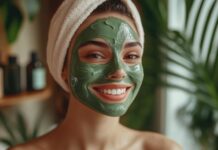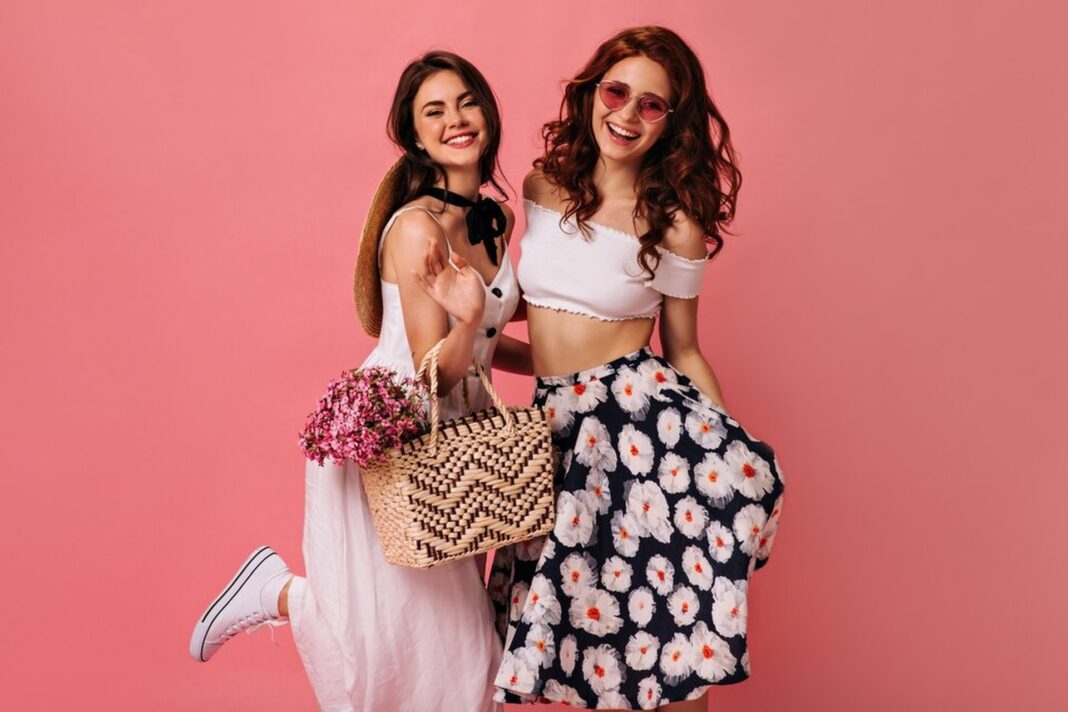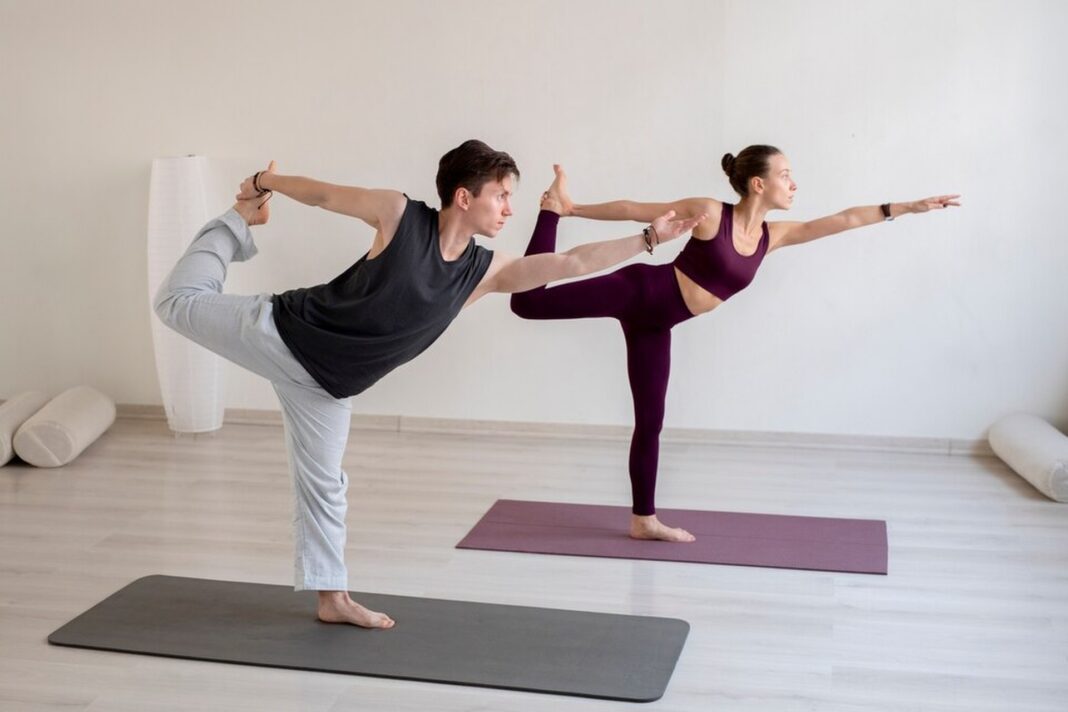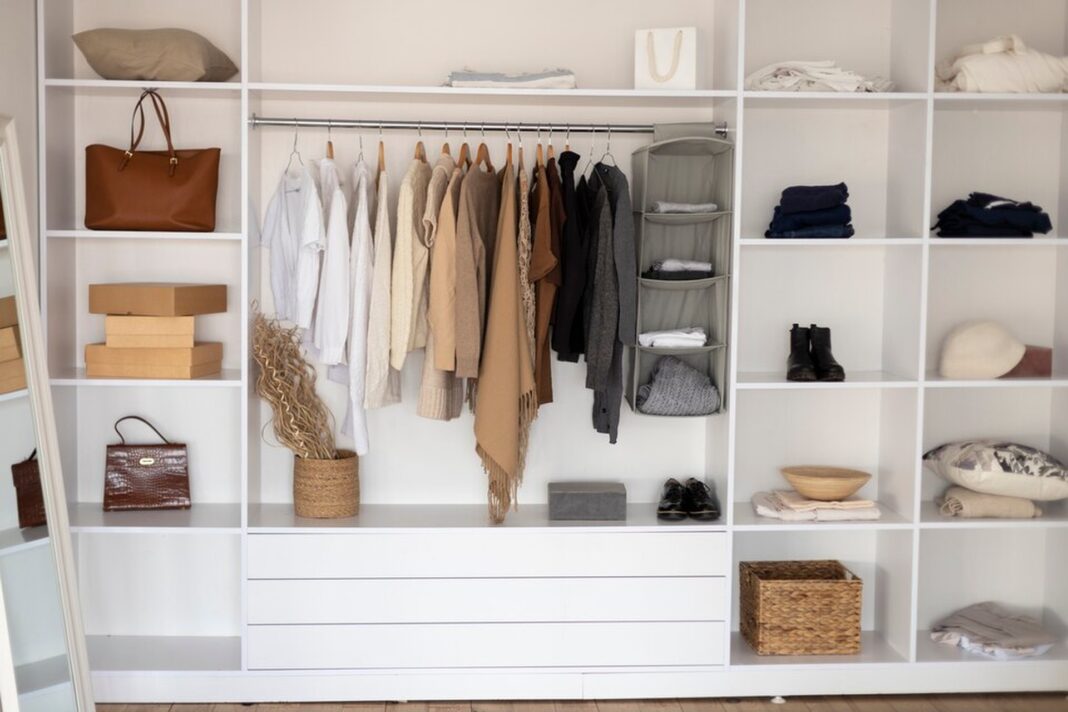The Rise Of Fashion Influencers
Fashion influences are powerful. Their growth is tied to social media. Instagram, TikTok, and YouTube make fashion sharing simpler. Before, models and celebrities ruled this arena. Everyday folks with distinctive styles may now become famous. They engage audiences. This direct connection authenticates. Their followers find them relatable.
Fashion influences are various. Diversity enriches fashion storytelling. Fashion consumption has altered according to the trend. Luxury designers are no longer enough. Influencers promote economical products. They make fashion more accessible. This change has altered marketing techniques. Brands work with influencers more than ever.
Influencers demonstrate their fashions daily. Lifestyle material combines fashion and everyday life. Followers like this approach. Influencers frequently provide advice. They advise on buying and style. Followers feel free to express themselves via dress. Many influencers target specific audiences. They target certain groups.
Sustainable fashion, plus-size apparel, and streetwear are niches. Specialization builds strong communities. Followers feel connected. The emergence of fashion influencers changed the business. Their influence is clear. They revolutionized how people shop, wear, and see fashion. This new terrain promises continuous change. The future of fashion lies with these influencers.
How These Influencers Impact Trends
Fashion influencers shape trends. They establish their trends. Many follow them for style ideas. Their branding is frequently beautiful. This includes boho and minimalist styles. Influencers frequently hype significant trends. Their clothing style attracts many copycats.
Different demographics show this impact. Brands quickly adopt these trends. They use influencers to remain relevant. Influencer endorsements typically guarantee sales. A win-win scenario results. Brands grow when followers discover styles they like.
Influence goes beyond apparel. Shoes, accessories, and beauty goods benefit. Influencers promote full looks. This integration affects followers‘ purchases. They regularly feature multi-brand clothes. Their advice may initiate or stop trends.
The ‚viral‘ component of social media accentuates this. Sales might spike overnight after a post. Fashion businesses are increasingly using this instant influence. Influencers know current tastes. Real-time fashion reflectors. This connection is faster than conventional advertising.
Influencers boosted women’s fashion. Men’s fashion is also growing. Brands want male influencers to collaborate. This implies gender-neutral fashion acceptability. Both platforms democratize trends. An influencer’s declaration may define a season. Influencers have huge trend-setting potential. This influence will rise as social media grows.
Behind The Scenes Of Their Fashion Journeys
A fashion influencer’s life is glamorized. Reality is more complicated. Image maintenance requires a lot of effort behind the scenes. Planning content takes hours for influencers. They meticulously choose clothing for each snapshot. It goes beyond clothing. Narrative creation. The procedure requires investigation and planning. Influencers must monitor industry trends. Always analyze which material followers like.
Many influencers question themselves. Perfectionism may be daunting. Online scrutiny may harm mental health. Privacy loss is another issue. Influencers typically provide personal facts. Openness promotes connection but costs. Their personal and public lives are delicately balanced. Expectations may be exhausting. This pressure might hinder creativity. Influencers must combine brand ties with honesty.
Another problem is gaining loyalty. Work and consistency are needed. Influencers spend time engaging followers. They respond to comments, hold live sessions, and provide interactive material. This method improves connections. The personal touch pleases followers. The influencer community is dynamic.
Influencers collaborate often. Support promotes development and creativity. Influencers offer advice and difficulties. This collaboration improves fashion. Behind the scenes, their adventures are less glamorous. Hard labor frequently goes unrecognized. However, it is key to their success.
Sustainable Fashion Choices They Promote
Many influencers focus on sustainable fashion. Awareness of environmental challenges increases the demand for change. Social media influencers support sustainability. They promote eco-friendly brands. This change educates followers. Many influencer-led campaigns promote ethical buying. They emphasize supporting local companies. Consumer awareness is growing among followers. Making educated judgments is their goal.
Sustainable fashion goes beyond purchasing eco-friendly clothes. It includes secondhand shopping. Influencers post thrift shop findings. It promotes reuse and recycling. Style does not harm the environment, as followers witness. Influencers may host exchanges or rentals. These concepts encourage community sharing.
These influencers value transparency. They regularly discuss their decisions. People like knowing about the products they endorse. This transparency promotes trust. Growing sustainability interest influences market patterns. Brands notice and adjust. Launching more eco-friendly lines. Influencer collaborations on sustainable goods are growing.
Influencers emphasize conscious consumerism. Fans are encouraged to buy excellent items. Fast fashion is frequently condemned for its harm. Sustainability goes beyond trends. It indicates value change. Sustainability influencers are shaping this new culture.
The Future Of Fashion Influencing
Fashion influence evolves. New technologies affect influencers. Virtual and augmented reality are trending. These tools engage followers in unique ways. Influencers may hold virtual fashion presentations. Followers may see these programs live worldwide.
The metaverse’s emergence is also intriguing. Fashion businesses are trying digital clothes. Online influencers may display these things. This increases inventiveness. It enables non-traditional expressiveness. Companies may spend more on virtual representation. Influencers might represent digital innovations.
Diversification is rising. Influencers may transition to different fields. This comprises beauty, wellness, and lifestyle. This technique increases their knowledge and reach. Brands may seek multifaceted influencers. Collaborations potentially share interests.
Unique marketing initiatives would result. Future generations may value authenticity more. Genuine relationships are valued more by followers. Real-life influencers resonate more. This change may make fashion more varied and inclusive.
Maintaining transparency is crucial. Expectations for influencers to disclose relationships will rise. Fashion influencers are vibrant and exciting. As technology progresses, their effect will grow. The fashion industry will evolve. These reforms should benefit influencers and brands.































